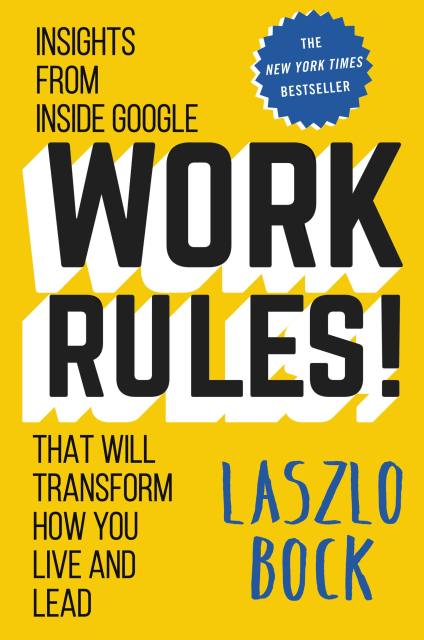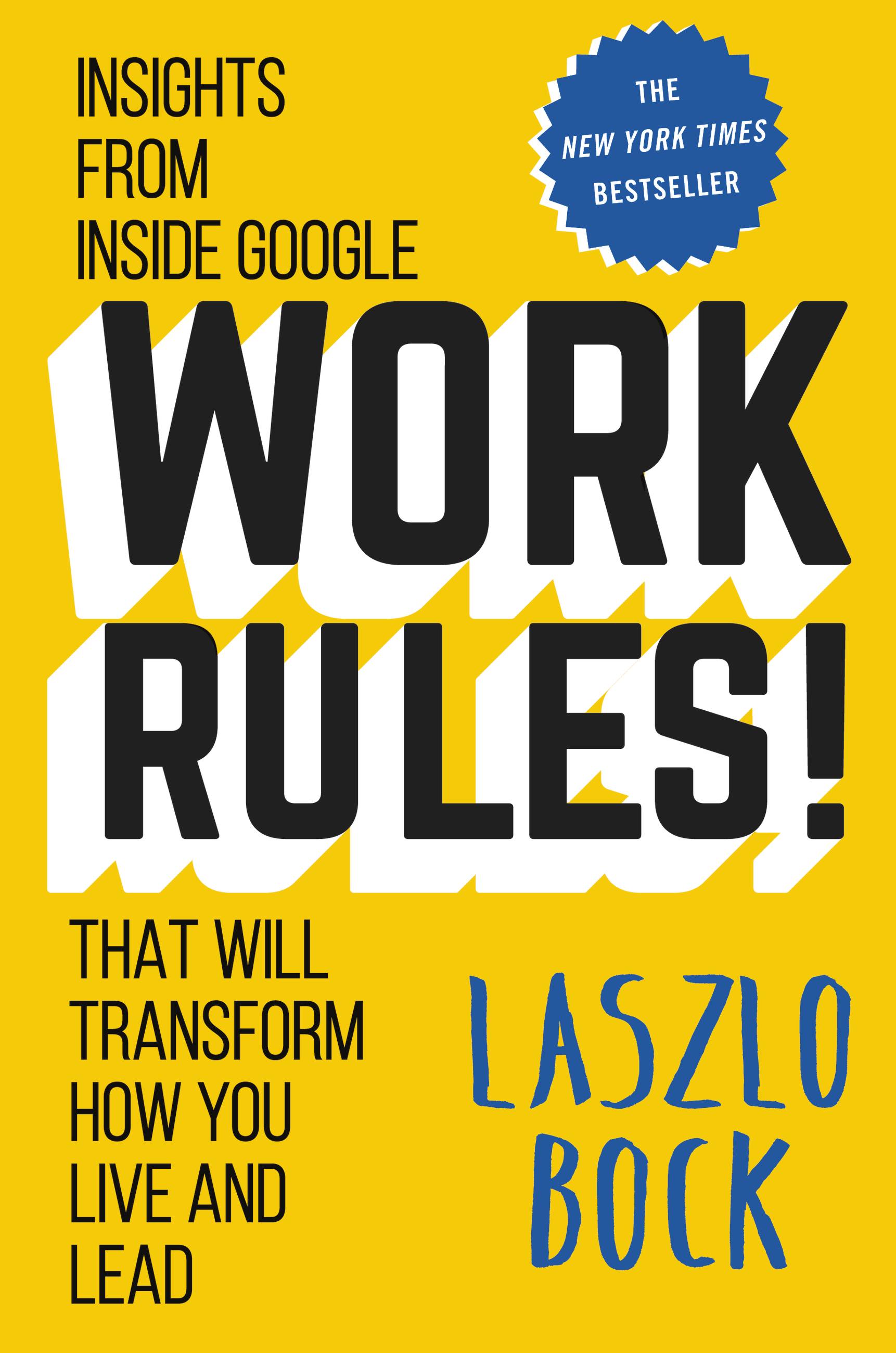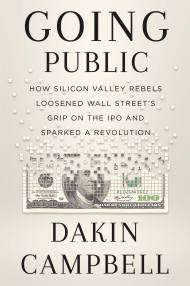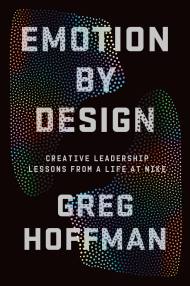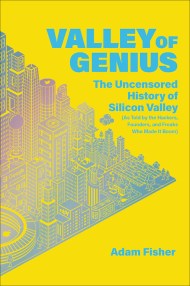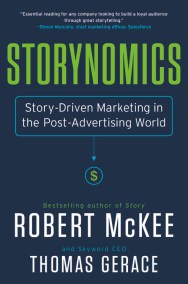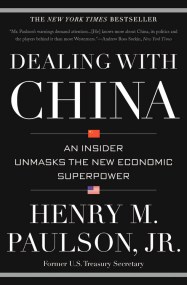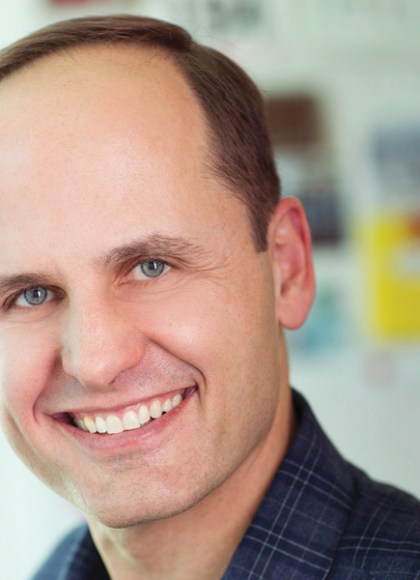Promotion
25% off sitewide. Make sure to order by 11:59am, 12/12 for holiday delivery! Code BEST25 automatically applied at checkout!
By clicking “Accept,” you agree to the use of cookies and similar technologies on your device as set forth in our Cookie Policy and our Privacy Policy. Please note that certain cookies are essential for this website to function properly and do not require user consent to be deployed.
Work Rules!
Insights from Inside Google That Will Transform How You Live and Lead
Contributors
By Laszlo Bock
Formats and Prices
- On Sale
- Apr 7, 2015
- Page Count
- 352 pages
- Publisher
- Twelve
- ISBN-13
- 9781455554805
Price
$14.99Price
$19.99 CADFormat
Format:
- ebook $14.99 $19.99 CAD
- Audiobook Download (Unabridged)
- Trade Paperback $19.99 $24.99 CAD
This item is a preorder. Your payment method will be charged immediately, and the product is expected to ship on or around April 7, 2015. This date is subject to change due to shipping delays beyond our control.
Buy from Other Retailers:
“We spend more time working than doing anything else in life. It’s not right that the experience of work should be so demotivating and dehumanizing.” So says Laszlo Bock, former head of People Operations at the company that transformed how the world interacts with knowledge.
This insight is the heart of Work Rules!, a compelling and surprisingly playful manifesto that offers lessons including:
- Take away managers’ power over employees
- Learn from your best employees-and your worst
- Hire only people who are smarter than you are, no matter how long it takes to find them
- Pay unfairly (it’s more fair!)
- Don’t trust your gut: Use data to predict and shape the future
- Default to open-be transparent and welcome feedback
- If you’re comfortable with the amount of freedom you’ve given your employees, you haven’t gone far enough.
Drawing on the latest research in behavioral economics and a profound grasp of human psychology, Work Rules! also provides teaching examples from a range of industries-including lauded companies that happen to be hideous places to work and little-known companies that achieve spectacular results by valuing and listening to their employees. Bock takes us inside one of history’s most explosively successful businesses to reveal why Google is consistently rated one of the best places to work in the world, distilling 15 years of intensive worker R&D into principles that are easy to put into action, whether you’re a team of one or a team of thousands.
Work Rules! shows how to strike a balance between creativity and structure, leading to success you can measure in quality of life as well as market share. Read it to build a better company from within rather than from above; read it to reawaken your joy in what you do.
-
"The book is a true masterpiece."Forbes.com
-
"An intriguing profile of an innovative company that continues to shake up the world."Kirkus Reviews
-
"Good guidance from the head of Google's innovative People Operations, who wants to show companies how to attract and keep the best managers...Love the read-it-two-ways title."Library Journal
-
"Anecdotes about Google's founding and history mingle with discussions of management theory, psychology, and behavioral economics to create a fascinating and accessible read."Publishers Weekly
-
"WORK RULES! delivers on its promise. Befitting a volume written deep within the algorithm factory, WORK RULES! is dense with data and counterintuitive conclusions for anyone looking to make the workplace a better place."Forbes
-
From the visionary head of Google's innovative People Operations--a groundbreaking inquiry into the philosophy of work and a blueprint for attracting the most spectacular talent to your business and ensuring the best and brightest succeed. The praise for WORK RULES! includes the following bestselling authors and top flight executives:
Adam Grant, author of Give and Take
"WORK RULES! offers a bold, inspiring, and actionable vision that will transform the future of work. It should be mandatory reading for everyone who leads, manages, or has a job." -
Daniel Coyle, author of The Talent Code
"Laszlo Bock's book is a dazzling revelation: at once an all-access backstage pass to one of the smartest organizations on the planet, and also an immensely useful blueprint for creating a culture of creativity. It should be given to every leader, every entrepreneur, every manager, every student, and every human being who wants to understand how to build a successful, cohesive, high-performing workplace." -
Dan Pink, author of Drive and To Sell Is Human
"Laszlo Bock has written a remarkable book that reveals the secrets of becoming a talent powerhouse. He shows the many benefits of a high freedom culture with a mission that matters. And along the way, he topples pillar after pillar of conventional wisdom on hiring, training, assessing, and compensating the people who power your organization. If you're looking for forehead-smacking insights along with an array of savvy new practices, WORK RULES! is an essential read." -
Susan Cain, co-founder of Quiet Revolution and author of Quiet
"WORK RULES! is spectacular. I spent weeks with it, because I wanted to take such careful, detailed notes. I plan to share it with our entire Quiet Revolution team-and I'm sure that all company founders will do the same." -
Ram Charan, coauthor of Execution and advisor to boards and CEOs
"WORK RULES! is an exceptional book aimed at any manager who wants great ideas for encouraging success from their team . . . an instant classic for the management shelf." -
Indra K. Nooyi, chairman and CEO, PepsiCo
"With a clear-eyed, data-driven look into today's workplace, Bock reveals the non-traditional practices that can fundamentally transform businesses of all kinds." -
Tom Gardner, founder and CEO, Motley Fool
"The finest book on organizational culture that I have ever read. WORK RULES! is the essential playbook for creating high-performance cultures that liberate people to do their most important work." -
John Doerr, managing director, Kleiner Perkins Caufield & Byers
"WORK RULES! is more than a must-read business book. It's a handbook for high-performance teams that win." -
Jeffrey Pfeffer, author of Leadership B.S.
"Some will think that WORK RULES! is a book about Google. It is, but mostly it is much more: a book about how to build people operating systems that permit any organization to get the smartest decisions from their workforce. Clearly written, evidence-based, with practical guidance and a cogent underlying philosophy, WORK RULES! needs to rule the world of work." -
Peter H. Diamandis, chairman, XPRIZE; exec. chairman, Singularity
"WORK RULES! is a surprising, unconventional book that is required reading for anyone looking for a job in the tech sector, and for every entrepreneur seeking new modes of innovative thinking." -
Robert I. Sutton and Hayagreeva Rao, co-authors of Scaling up Excellence
"A riveting ringside view of people operations at Google. A deft marriage of research and practice that is full of practical tips. It is an indispensable book for all people managers." -
Tim Brown, CEO of IDEO and author of Change By Design
"As a company renowned for questioning our assumptions, it should be no surprise that Google has developed unique and profoundly effective approaches to culture, talent and leadership. By debunking many accepted HR practices WORK RULES! establishes itself as a new testament for managing talent in modern times." -
Liz Wiseman, author of Multipliers and Rookie Smarts
"Laszlo Bock has done far more than codify Google's recipe for its high-freedom, high-performance workplace, he has created the essential guide for unleashing talent in the digital age. Intelligent, playful, and practical, WORK RULES! is for all leaders who want to inspire brilliance and bring out the best of humanity in their workforce."
Newsletter Signup
By clicking ‘Sign Up,’ I acknowledge that I have read and agree to Hachette Book Group’s Privacy Policy and Terms of Use
